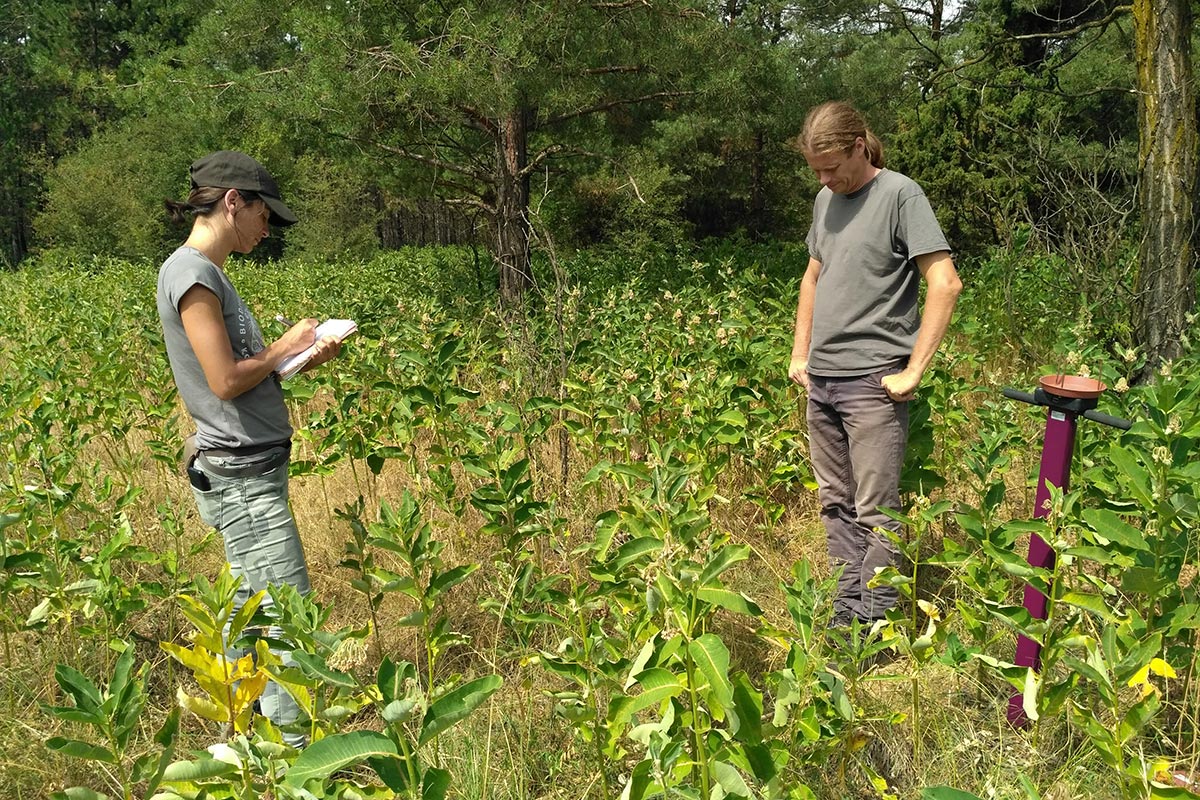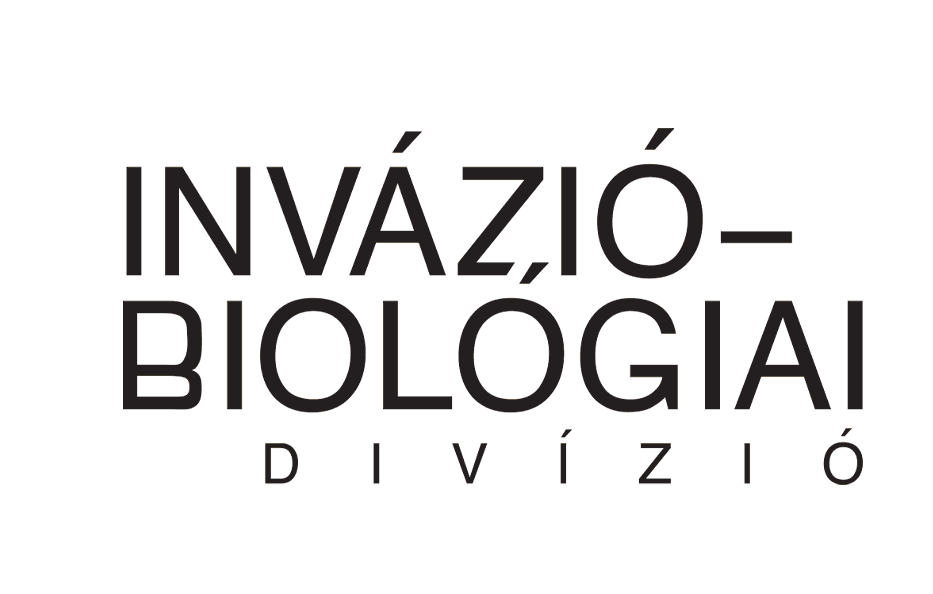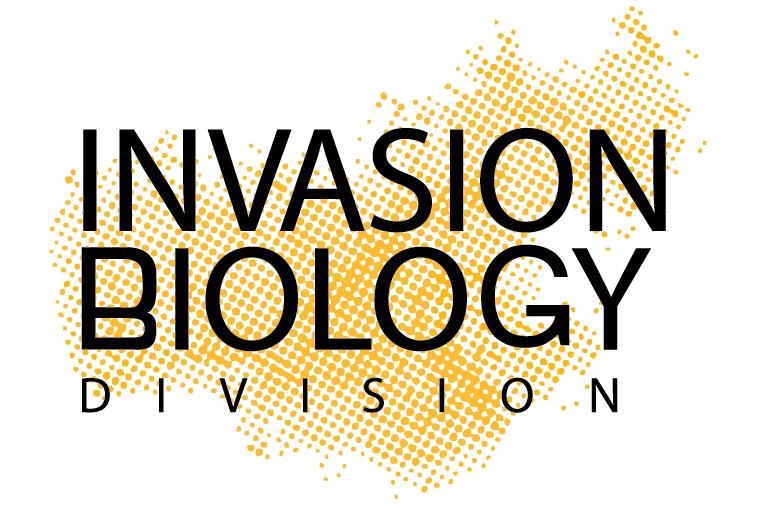The main aim of our research is to investigate the impact of invasive plant species on native biota. The spread of invasive plant species is one of the main causes of global biodiversity loss. They can establish dense populations in vast areas, however, their complex and indirect ecological effects are poorly understood. By systematically reviewing the literature, we aim to determine the overall effects of invasive plants on two groups of animals of high ecological and economic importance: pollinators and predatory arthropods. We will also conduct field studies to investigate the effect of the common milkweed, an invasive plant spreading particularly rapidly in Central Europe, on the microclimate, biodiversity and ecosystem functioning of natural grasslands in Hungary. The increase in the population of invasive plants is thought to be hindered by grazing on threatened grasslands. The effectiveness of this control method will be explored by reviewing and evaluating the available literature.

Participating researchers
Partners
- University of Szeged, Department of Ecology - study of the complex impact of the invasive Common milkweed
- Széchenyi István University Albert Kázmér Mosonmagyaróvár Faculty - invasive plants and pollinators
- Institute of Zoology, University of Natural Resources and Life Sciences, Austria - invasive plants and pollinators



